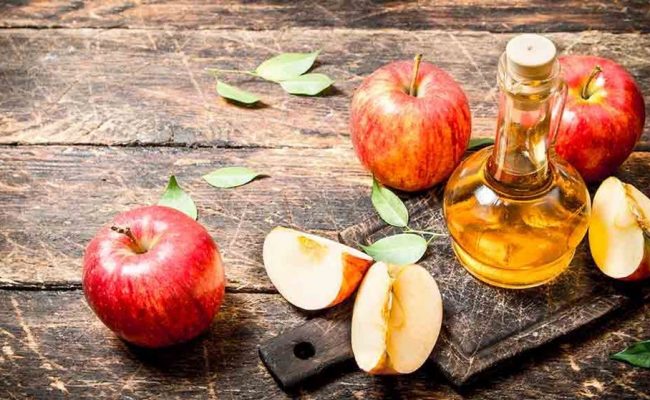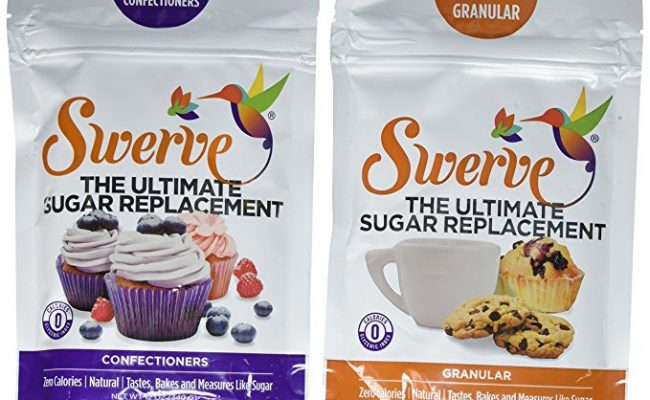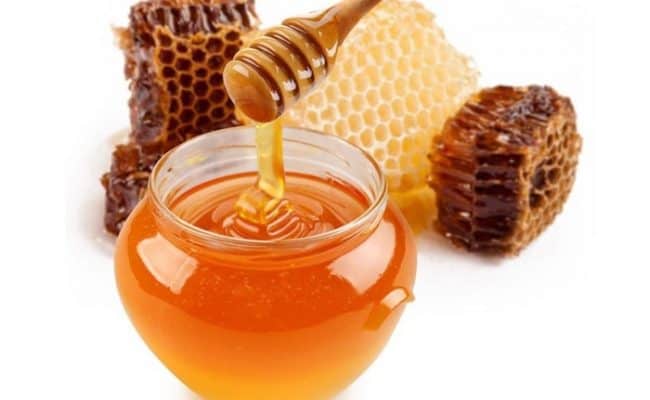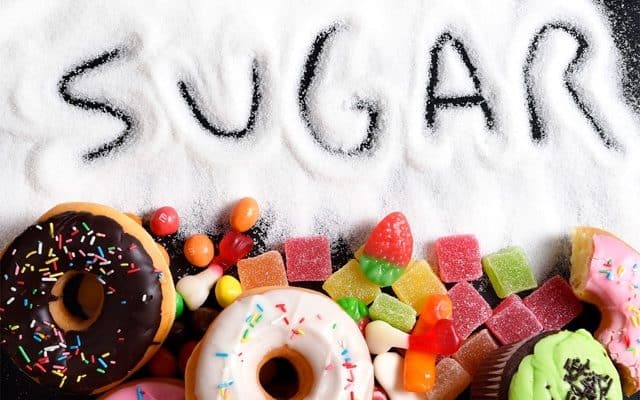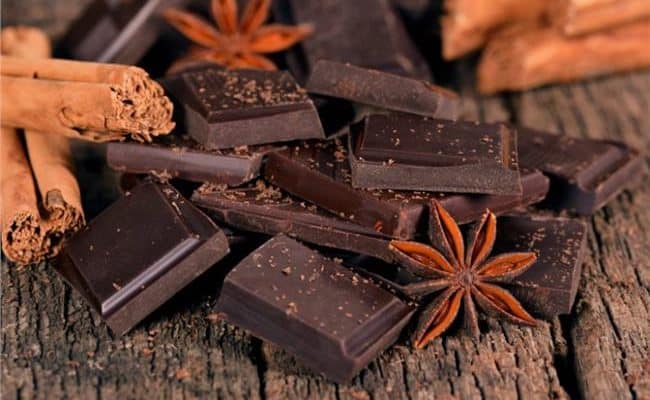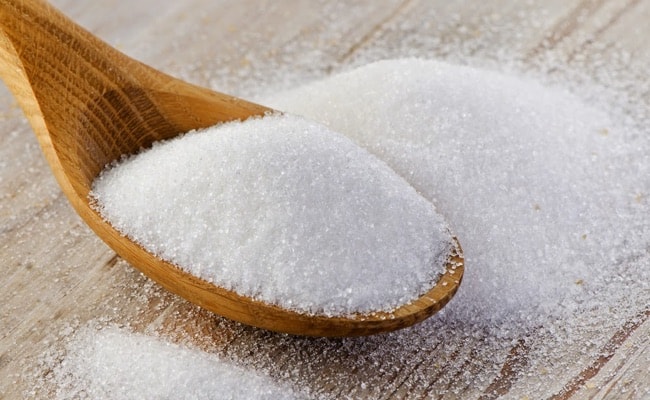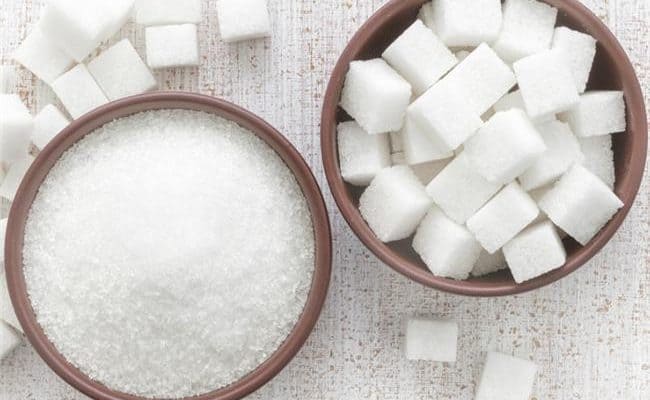
The reasons for cutting down or cutting sugar all together are numerous. Getting too much sugar can increase risk for many chronic diseases and being overweight. According to a 2012 Forbes article Americans consume about 130 pounds of sugar per year and an average 22 teaspoons of sugar per day.
The recommendation for sugar intake from the American Heart Association is no more than 9.5 teaspoons per day for the average adult.
Most people in Western societies have gotten used to a highly sweet diet, as forms of sugar are added in many unsuspecting packaged foods.
This can make it hard to cut out sugar, but it’s not impossible. Here are some tips if you are trying to cut down your sugar intake and heal your body from the effects of a high sugar diet.
First thing’s first: Cut the liquid sugar
One of the most important steps for cutting sugar is to stop drinking sugar. Liquid calories are especially tricky because we don’t register the calories from drinks. In other words, a few hundred calories from food feels different than from a drink.
If we get calories from a drink, we still tend to eat the same amount of food or even more (1).
Soft drinks, lemonades, sports drinks and even fruit juices should be eliminated. Even 100% fruit juices should be cut. The fruit juice may have some additional vitamins, but it is still high in sugar (see also: Is sugar in food unhealthy?).
Should I drink artificial sweeteners in place of sweetened drinks?
The answer to this question has some debate. Some studies (2) have shown switching from sugary drinks to diet drinks can help with weight loss.
However, some research (3) has shown that drinking diet sodas, especially daily, can increase risk metabolic syndrome and type 2 diabetes.
This study did not show drinking diet drinks causes and increased risk, but the relationship was an association. Other health concerns for long term artificial sweetener intake remain debated.
As with sugary drinks, the concern is still the amount or artificial sweeteners. Drinking diet soda or other artificially sweetened drinks still gives the highly intense sweet flavor which can continue to program your brain to desire sweet taste.
Cold turkey on processed foods
Another step for cutting sugar besides cutting liquid sources is to cut out processed foods.
Processed foods can mean different things, but when trying to cut sugar it can mean anything that comes in a package that has carbohydrates.
It’s not that all carbohydrates are evil, but doing this step can just make it easy to eliminate any hidden sources of sugar.
Examples of common processed foods include crackers, chips, sweets, cereals, etc. So what can you eat?
Lots of vegetables, legumes, nuts, seeds and naturally raised meats are unprocessed food sources that are naturally low in sugar.
Fruits and unsweetened dairy have some natural sugar, but they are also nutrient dense foods. Fruit also has fiber which slows the absorption of glucose in the blood.
Watch out for sauces, dressings and marinades! Packaged sauces are notorious for being high in sugar. Making your own sauce with herb based seasonings can still give you flavor without the sugar.
This step can be hard and may be why cutting out sugar can seem daunting. It can take some extra time for food prep and grocery shopping.
However, it’s worth the hassle for cleaning up the diet and the health effects it can have.
Cutting out all sugar, then add in healthy sources
Another approach to cutting sugar is a little more drastic. That is to cut all sources of sugar, whether from added sources or natural. Some people may do better to cut all sugar, even from unsweetened dairy and fruits.
This can be more of a jump start to getting your taste buds used to low sugar flavors.
After a few days, you can add in natural sources of sugar like fruits and unsweetened dairy. When you are craving something sweet, train yourself to reach for fruit instead of sugary sweets.
Watch the labels
As you continue to watch your sugar intake, check the labels of your food. Sugar can hide under many names including: high fructose corn syrup, corn syrup, dextrose, glucose, sucrose or rice syrup.
Buying the majority of your food as unprocessed can help cut out some time checking labels to watch for added sugars in packages.
Conclusion
With the growing global obesity epidemic and increase in chronic diseases, cutting sugar is a first step for a healthier diet. Cutting liquid sugar is a priority no matter if it’s coming from soda or juice.
This can be a hard step, especially if you are used to drinking a lot of sugary drinks but it is doable.
Cutting out processed foods, like packaged snacks, can eliminate a lot of sources of sugar.
Eating more unprocessed foods like vegetables, nuts, seeds, legumes or naturally raised meats can be staples in your diet. The goal in the first few days or weeks is to shift your standard of taste from sweet to much more natural.
For continued strategy, check labels for sugar and for hidden sources like glucose or corn syrup.
